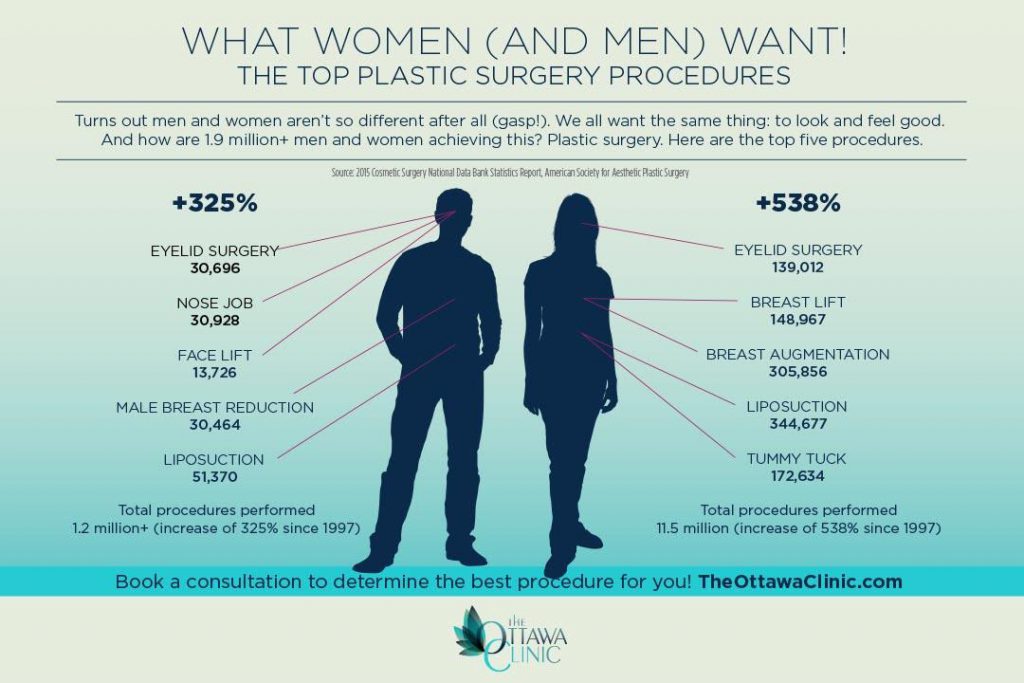AHAs are an essential ingredient for unclogging pore clogs and brightening acne-prone skin. They function by breaking down dead skin cell buildup to advertise newer, fresher cells, and preventing future obstructions.
Creating topical AHAs necessitates precise focus to numerous vital factors that considerably affect their efficiency and tolerability. Maintaining the optimal pH range, together with automobile option and focus, amplifies their exfoliative characteristics while alleviating possible damaging responses.
Glycolic acid
Glycolic acid is known for its mild yet efficient exfoliating residential properties, which advertise skin's all-natural shedding and loosen the "glue" that holds dead cells on the surface of the skin. This helps unclog pores and reduce the look of great lines and creases, along with boost total skin appearance and tone.
Interestingly, topical glycolic acid has also been revealed to boost the manufacturing of collagen, which is critical in maintaining skin's firmness and elasticity. It is essential to note, nevertheless, that since glycolic acid can promote the skin's sensitivity to sunlight, it is necessary to use sunscreen when using any products containing this ingredient.
Dermatologists pay careful attention to the formulation of items having AHAs in order to maximize their efficiency and tolerability. Creating AHAs with the proper automobile, together with pH and concentration considerations, allows for ideal skin penetration while decreasing possible damaging responses. This is specifically vital for individuals with sensitive skin, because AHAs are understood to be mildly irritating.
Lactic acid
Lactic acid is located in several non-prescription skin treatment items and some stronger professional peels and treatments. It has the most affordable molecular weight of all the AHAs and has the ability to permeate deeper into the skin, where it is more effective at unclogging pores and scrubing.
Like glycolic acid, it additionally promotes collagen synthesis, which assists decrease fine lines and creases and enhance skin structure. Additionally, it has moisture-retention residential or commercial properties, which makes it preferable for drier skin kinds than other AHAs.
The comprehensive body of clinical information confirming the effectiveness of topical AHAs supports their utility in a wide range of skin-related conditions and aesthetic concerns. These consist of complex skin renewal procedures, depletion of fine lines and wrinkles, lightening of hyperpigmentation, healing treatment for actinic keratosis, and acne administration [2] Optimizing the solution of AHAs by stabilizing pH, concentration, and lorry choice even more enhances their healing capacity. These careful factors to consider allow dermatologists to supply risk-free and effective therapies that supply exceptional professional outcomes.
Mandelic acid
Mandelic acid, derived from almonds, is an additional participant of the AHA family and is a preferred component in items that assist treat acne. Its bigger molecular size means it passes through the skin much more gradually and carefully, which can reduce the possibility for inflammation. It's additionally much less likely to activate inflammation and various other skin level of sensitivity issues, making it ideal for sensitive skin kinds.
Mandelic Acid is thought to help in reducing inflammation and increase hydration. It works by loosening up the bonds in between dead skin cells, allowing them to drop and reveal fresher-looking skin. It additionally helps reduce the look of enlarged pores.
Creating topical products with AHAs calls for an accurate equilibrium of essential variables that substantially impact their efficiency and tolerability. In particular, the pH of an AHA solution has been revealed to play a critical function in its ability to advertise exfoliation and improve complexion and structure. Attaining this ideal focus is a difficult objective and requires thorough attention to the numerous factors that affect the formulation process.
Citric acid
Citric acid, located in citrus revision skin care fruits such as oranges and lemons, is a moderate AHA. It's much less irritating than glycolic or lactic acid, making it better for delicate skin. It likewise has astringent buildings, helping to dry excess oil.
Like other AHAs, citric acid can be utilized in chemical peels and day-to-day active/maintenance treatments to scrub the skin and advertise cell turnover. It can help in reducing the look of dark spots and hyperpigmentation, in addition to fine facial lines.
It can additionally increase the synthesis of glycosaminoglycans, which play a crucial duty in strengthening the skin obstacle feature. This helps to prevent trans-epidermal water loss, and keep ideal hydration degrees in the skin [35]
AHAs can be incorporated with relaxing active ingredients such as ceramides or hyaluronic acid to improve their tolerability. They can be integrated right into day-to-day active/maintenance skincare with lotion or serum formulas. This permits practitioners to tailor their AHA therapies based upon patient requirements and choices, with the adaptability of choosing from various therapy intensities or concentrations.
